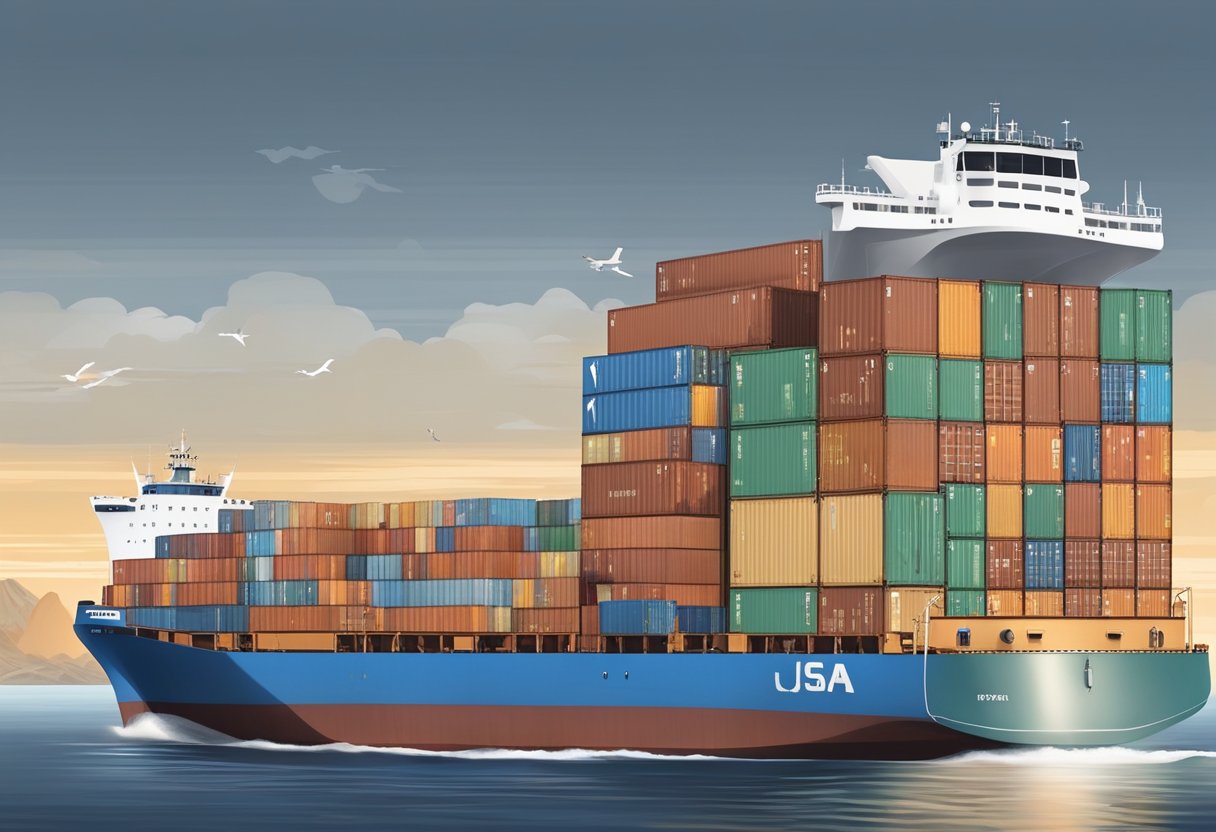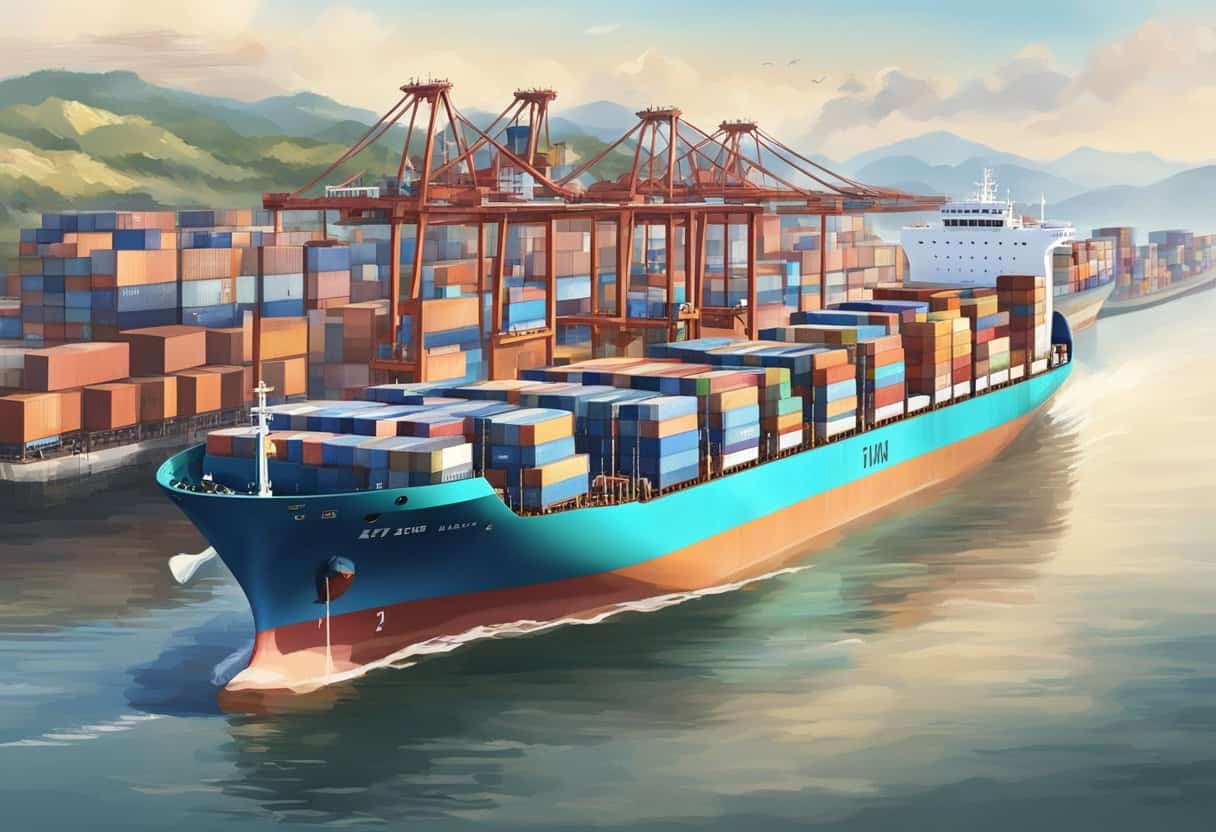India is a major producer of lingerie and undergarments, with a range of companies specializing in the design, manufacturing, and export of high-quality products. This section provides an overview of some of the leading undergarment manufacturers in India, including their main products, capabilities, certification, social compliance, and factory location.
Sourcing from Bangladesh: A Guide to Finding Quality Manufacturers
Bangladesh has been a major player in the global sourcing industry for many years. The country’s export sector includes a wide range of products, including garments, leather goods, jute products, home decor, pharmaceuticals, agro and agro-processed products, plastics, light engineering products, and electronics. In recent years, Bangladesh has become an increasingly popular destination for sourcing due to its competitive prices and high-quality products.
One of the most significant sectors in Bangladesh’s export industry is the garment industry. Bangladesh is the second-largest exporter of garments in the world, with a market share of around 6.5%. The country’s garment industry has experienced tremendous growth over the past decade, and it is expected to continue to grow in the coming years. However, the industry has also faced several challenges, including poor working conditions and safety concerns. In response, the government and industry stakeholders have taken steps to improve working conditions and safety standards in the garment factories.
Bangladesh’s Export Landscape
Bangladesh is a rapidly growing middle-income country with a population of over 150 million people. The country has achieved remarkable economic growth over the past few years, with a GDP growth rate of 7.9% in 2019. The World Bank has projected that Bangladesh’s economy will continue to grow at a rate of 6.8% in 2021 and 7.2% in 2022.
The country’s export sector has played a significant role in driving economic growth. Bangladesh is the world’s second-largest exporter of ready-made garments (RMG) after China. The RMG sector accounts for around 85% of the country’s total merchandise exports. Bangladesh is also a significant exporter of services, including IT and business process outsourcing.
According to the World Bank, Bangladesh’s merchandise exports increased by 1.6% in 2020, despite the COVID-19 pandemic’s impact on international trade. The country’s service exports also grew by 4.6% in 2020. However, the country’s export growth has been uneven, with the RMG sector experiencing a decline in export orders due to the pandemic’s impact on global demand.
Bangladesh has been actively working to diversify its export base beyond the RMG sector. The government has introduced several policy measures to promote non-traditional exports, such as leather goods, jute products, and pharmaceuticals. The country is also working to improve its business environment to attract more foreign investment and promote export-oriented industries.
In conclusion, Bangladesh’s export sector has been a critical driver of economic growth, with the RMG sector being the dominant player. The country has made significant progress in diversifying its export base and promoting non-traditional exports. Despite the challenges posed by the pandemic, Bangladesh’s export sector has shown resilience and is poised for further growth in the coming years.
Key Industries in Bangladesh
Bangladesh has emerged as a major player in the global sourcing industry, with a diversified economy that offers a range of opportunities for foreign buyers. Here are some of the key industries that are driving Bangladesh’s growth:
Textile and Apparel Industry
The textile and apparel industry is one of the largest and most important industries in Bangladesh, accounting for over 80% of the country’s total exports. The industry offers a wide range of products, including t-shirts, clothing, jeans, footwear, outerwear, and trousers. Bangladesh is known for its readymade garments (RMG) sector, which is the second-largest in the world after China. The industry employs over 4 million garment workers, most of whom are women. Despite the challenges posed by the COVID-19 pandemic, the RMG sector has shown resilience and has continued to grow at an annual growth rate of 7%.
Pharmaceutical and Healthcare Sector
The pharmaceutical and healthcare sector in Bangladesh has been growing rapidly in recent years, driven by increasing demand for quality healthcare products both domestically and internationally. The sector produces a range of essential medicines, including those used to treat COVID-19, and is known for its high-quality yet affordable products. Bangladesh is also emerging as a hub for contract manufacturing of pharmaceutical products, with several international companies setting up production facilities in the country.
Agriculture and Food Industry
The agriculture and food industry in Bangladesh is a major contributor to the country’s economy, accounting for over 15% of its GDP. The country is known for its production of rice, tea, fish, and frozen food products, which are exported to markets around the world. Bangladesh has made significant progress in improving the productivity and quality of its agricultural sector, with the introduction of new technologies and farming practices.
Leather and Jute Products
The leather and jute products industry is another important sector in Bangladesh, with a long history of producing high-quality leather goods and jute products such as bags, carpets, and handicrafts. The industry has been growing in recent years, with a focus on sustainability and eco-friendliness. Bangladesh is one of the largest producers of jute in the world, and the industry is an important source of income for many rural communities.
Other Significant Industries
In addition to the above industries, Bangladesh has a number of other significant industries, including:
- Manufacturing: Bangladesh has a growing manufacturing sector, with a focus on textiles, plastics, light engineering products, electric and electronics, ICT, furniture, ceramics, and handicrafts.
- Ports: Bangladesh has several major ports that are strategically located to serve both domestic and international markets.
- Trade Partners and Market Opportunities: Bangladesh has a number of trade partners, including India, the United States, and Italy, among others. The country offers a range of market opportunities for foreign buyers, with a growing number of suppliers and manufacturers.
Virtual Sourcing Opportunities
In response to the COVID-19 pandemic, Bangladesh has launched several virtual sourcing initiatives to connect commodity and service exporters with foreign buyers. These initiatives include virtual editions of the Bangladesh Sourcing 2021 exhibition, which features virtual booths, exhibits, brochures, audio and visual presentations, live chat, virtual B2B meetings, webinars, and a buyer-seller database. These initiatives offer a life-like user experience and are designed to facilitate online sourcing and lead generation activities.
Bangladesh’s Trade Partners and Market Opportunities
Bangladesh has a number of trade partners, including India, the United States, and Italy, among others. The country offers a range of market opportunities for foreign buyers, with a growing number of suppliers and manufacturers. The Bangladeshi government is committed to improving the country’s production standards and quality control measures and has invested heavily in developing a skilled workforce and improving access to raw materials. As a result, Bangladesh is becoming an increasingly attractive destination for sourcing quality products at competitive prices.
Challenges and Future Prospects
Bangladesh has made significant progress in the sourcing market over the past decade, particularly in the ready-made garment (RMG) industry. However, there are still several challenges that need to be addressed to ensure sustained growth and development in the future.
One of the most significant challenges is the country’s workforce. While Bangladesh has a large labor force, there are concerns about the quality of education and skills training. The government has taken steps to address this issue by investing in education and vocational training programs, but more needs to be done to ensure that workers have the necessary skills to meet the demands of the sourcing industry.
Another challenge is infrastructure. While there have been improvements in recent years, particularly in transportation and energy, there is still a need for further investment in infrastructure to support the growth of the sourcing industry. This includes improvements in ports, roads, and telecommunications.
English language proficiency is also a concern in Bangladesh. While many workers in the sourcing industry have basic English skills, there is a need for more advanced language training to enable workers to communicate effectively with international buyers and suppliers.
The capital city of Dhaka is the hub of the sourcing industry in Bangladesh, but there are concerns about the city’s infrastructure and congestion. The government is investing in projects to improve transportation and housing in Dhaka, but more needs to be done to ensure that the city can support the growth of the sourcing industry.
The construction of the Padma Bridge is expected to provide a significant boost to the sourcing industry in Bangladesh by improving transportation and reducing costs. The bridge will connect the southwestern region of the country to the rest of the country, making it easier to transport goods and materials.
Finally, there is potential for growth in the home decor and home-textiles sectors in Bangladesh. While the RMG industry has been the main focus of the sourcing industry in Bangladesh, there is growing interest in other sectors. The government and industry leaders are working to promote investment in these sectors to diversify the sourcing industry and create new opportunities for growth.
Overall, while there are challenges to be addressed, the future looks bright for the sourcing industry in Bangladesh. With continued investment in education, infrastructure, and language training, Bangladesh has the potential to become a major player in the global sourcing market.
Frequently Asked Questions
What are the advantages of sourcing from Bangladesh?
Bangladesh is the second-largest garment exporter in the world, making it a popular destination for sourcing. The country offers several advantages, including low labor costs, a large workforce, and a favorable trade policy. Additionally, Bangladesh has a well-established textile industry and a robust supply chain network, making it an attractive option for buyers.
What is the process for buyer sourcing in Bangladesh?
The process for buyer sourcing in Bangladesh involves identifying potential suppliers, negotiating prices and terms, and conducting factory audits to ensure compliance with ethical and safety standards. Buyers can work with sourcing agents or visit trade shows and exhibitions to find suppliers. Once a supplier is selected, the buyer can place an order and work with the supplier to ensure timely delivery of goods.
What are the risks associated with sourcing from Bangladesh?
There are several risks associated with sourcing from Bangladesh, including poor working conditions, low wages, and human rights violations. Additionally, the country is prone to political instability and natural disasters, which can disrupt supply chains and lead to delays in delivery. Buyers must conduct due diligence to ensure compliance with ethical and safety standards and mitigate these risks.
How does sourcing from Bangladesh impact garment workers’ salaries?
Sourcing from Bangladesh can have both positive and negative impacts on garment workers’ salaries. While low labor costs make Bangladesh an attractive destination for buyers, it also means that workers may be paid less than a living wage. However, sourcing from Bangladesh can also create jobs and provide economic opportunities for workers, which can lead to increased wages and improved living standards over time.
What are the challenges of sourcing from Bangladesh?
Sourcing from Bangladesh presents several challenges, including language barriers, cultural differences, and logistical issues. Additionally, navigating the country’s complex regulatory environment can be challenging for buyers. Buyers must also ensure compliance with ethical and safety standards, which can be difficult in a country with a history of labor rights violations.
What percentage of global garment production comes from Bangladesh?
According to the World Trade Organization, Bangladesh accounted for approximately 6.4% of global garment exports in 2019, making it the second-largest garment exporter in the world after China. The country’s garment industry employs over 4 million workers and generates significant revenue for the economy.
How Long Does It Take to Ship from China? A Guide
When it comes to importing goods from China, one of the most common concerns is how long it takes for shipments to arrive. The shipping time can vary depending on various factors, including the mode of transportation, the distance between the origin and destination, and the shipping carrier. In this article, we will explore the different shipping methods available for shipping from China to the US and how long each method takes.
China is one of the largest exporters in the world, and the US is one of its biggest trading partners. As a result, there is a high demand for shipping goods from China to the US. The most common modes of transportation for shipping from China to the US are air freight, sea freight, and express shipping. Each method has its own advantages and disadvantages, and the shipping time can vary significantly. It is essential to understand the differences between these methods to choose the one that best suits your needs.
Understanding Shipping from China
When it comes to shipping from China, there are several factors that can affect the shipping time, cost, and method. Understanding these factors can help you make informed decisions about your shipment. In this section, we will discuss the modes of shipping, shipping routes, and shipping procedures.
Modes of Shipping
There are three main modes of shipping from China: air freight, sea freight, and express air freight. Air freight is the fastest but most expensive option, while sea freight is the slowest but most cost-effective option. Express air freight is a combination of both air and sea freight and is ideal for small and urgent shipments.
Shipping Routes
China has established shipping routes with many countries around the world. The most common routes for shipping from China are to the United States, Europe, and Australia. Depending on the destination, the shipping route can affect the shipping time and cost.
Shipping Procedures
Shipping procedures can vary depending on the shipping method and destination. For air express shipments, the process typically involves the following steps:
- Cargo pickup from the origin
- Customs clearance
- Air transportation to the destination
- Customs clearance at the destination
- Delivery to the final destination
For sea freight shipments, the process typically involves the following steps:
- Cargo pickup from the origin
- Customs clearance
- Loading onto a cargo ship
- Sea transportation to the destination
- Customs clearance at the destination
- Unloading from the cargo ship
- Delivery to the final destination
It is important to note that the shipping procedures can vary depending on the shipping method, cargo type, and destination. It is recommended to work with a reputable shipping company to ensure a smooth and timely delivery.
Overall, understanding the modes of shipping, shipping routes, and shipping procedures can help you make informed decisions about your shipment from China. By working with a reputable shipping company and carefully considering your options, you can ensure a successful and timely delivery of your cargo.
Factors Affecting Shipping Time
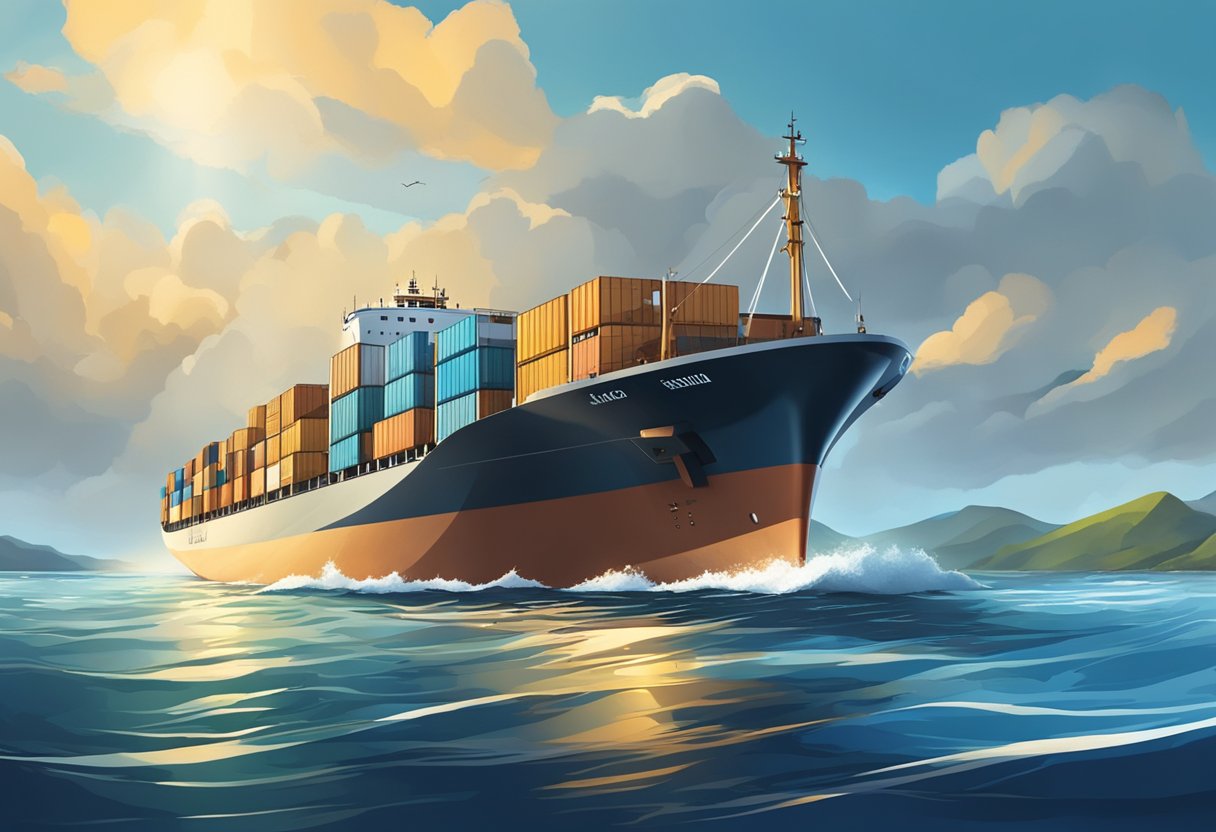
When it comes to shipping from China, there are several factors that can affect the delivery time. Some of the most important factors include customs clearance, package volume and weight, and the impact of Covid-19.
Customs Clearance
Customs clearance is one of the most important factors that can affect shipping time. This process involves the inspection and clearance of goods by customs officials at the port of entry. The time required for customs clearance can vary depending on a number of factors, including the type of goods being shipped, the origin and destination of the shipment, and the volume of goods being shipped.
Package Volume and Weight
The volume and weight of a package can also have a significant impact on shipping time. Packages that are larger or heavier may take longer to process and transport, which can result in longer delivery times. Additionally, shipping companies often charge higher rates for larger or heavier packages, which can also impact delivery times.
Covid-19 Impact
The Covid-19 pandemic has had a significant impact on shipping times from China. The pandemic has led to increased demand for shipping services, as more people are shopping online and relying on e-commerce for their daily needs. This increased demand has put a strain on shipping companies, which has led to longer delivery times. Additionally, Covid-19 has led to increased security screening measures at ports of entry, which can also impact shipping times.
Overall, there are many factors that can impact shipping times from China. By understanding these factors and working with a reputable shipping company, businesses and individuals can ensure that their shipments arrive on time and in good condition.
Shipping Methods and Their Timeframes
When shipping from China, there are various shipping methods available, each with its own timeframe. In this section, we will discuss the most popular shipping methods and their estimated delivery times.
EMS Shipping
EMS (Express Mail Service) is a popular shipping method for those who require fast delivery. It is a postal service offered by China Post and is available in over 200 countries and regions worldwide. The estimated delivery time for EMS shipping from China to the United States is 7-15 business days.
FedEx Shipping
FedEx is a reputable courier service that offers shipping from China to the United States. They offer both express and economy shipping options. The estimated delivery time for FedEx shipping from China to the United States is 2-5 business days for express shipping and 5-10 business days for economy shipping.
DHL and TNT Shipping
DHL and TNT are both courier services that offer express shipping from China to the United States. DHL is known for its fast delivery times, while TNT offers competitive pricing. The estimated delivery time for DHL and TNT shipping from China to the United States is 3-5 business days.
China Post and USPS Shipping
China Post and USPS (United States Postal Service) offer both regular post and express mail service for shipping from China to the United States. The estimated delivery time for regular post is 2-4 weeks, while the estimated delivery time for express mail service is 7-10 business days.
It is important to note that the delivery timeframes mentioned above are estimates and may vary depending on various factors such as customs clearance, weather conditions, and the shipping carrier’s workload. Additionally, some shipping methods may have longer delivery times during peak seasons such as holidays.
In conclusion, when choosing a shipping method, it is important to consider the delivery timeframe, shipping cost, and reliability of the carrier. By understanding the estimated delivery times for each shipping method, you can make an informed decision and ensure that your shipment arrives at its destination on time.
Tracking and Quality Control
When shipping from China, tracking the package is crucial to ensure that it arrives at its intended destination. Most shipping companies provide a tracking number that can be used to monitor the package’s progress. It is important to keep this tracking number safe and accessible, as it can be used to track the package’s progress and estimated delivery time.
In addition to tracking, quality control is also an important aspect of shipping from China. Quality control is the process of ensuring that the product being shipped meets the necessary quality standards. This can involve inspecting the product for defects, ensuring that it is properly packaged, and verifying that all necessary documentation is included.
The process time for quality control can vary depending on the product being shipped and the company handling the shipment. Some companies may have a dedicated quality control team that inspects every product before it is shipped, while others may rely on automated systems to perform quality checks.
When shipping from China, it is important to choose a reputable company that has a proven track record of providing quality shipping services. This can help to ensure that the package is delivered on time and in good condition.
Overall, tracking and quality control are essential aspects of shipping from China. By keeping track of the package’s progress and ensuring that it meets the necessary quality standards, businesses can help to ensure that their customers receive their products on time and in good condition.
Dealing with Delays and Refunds
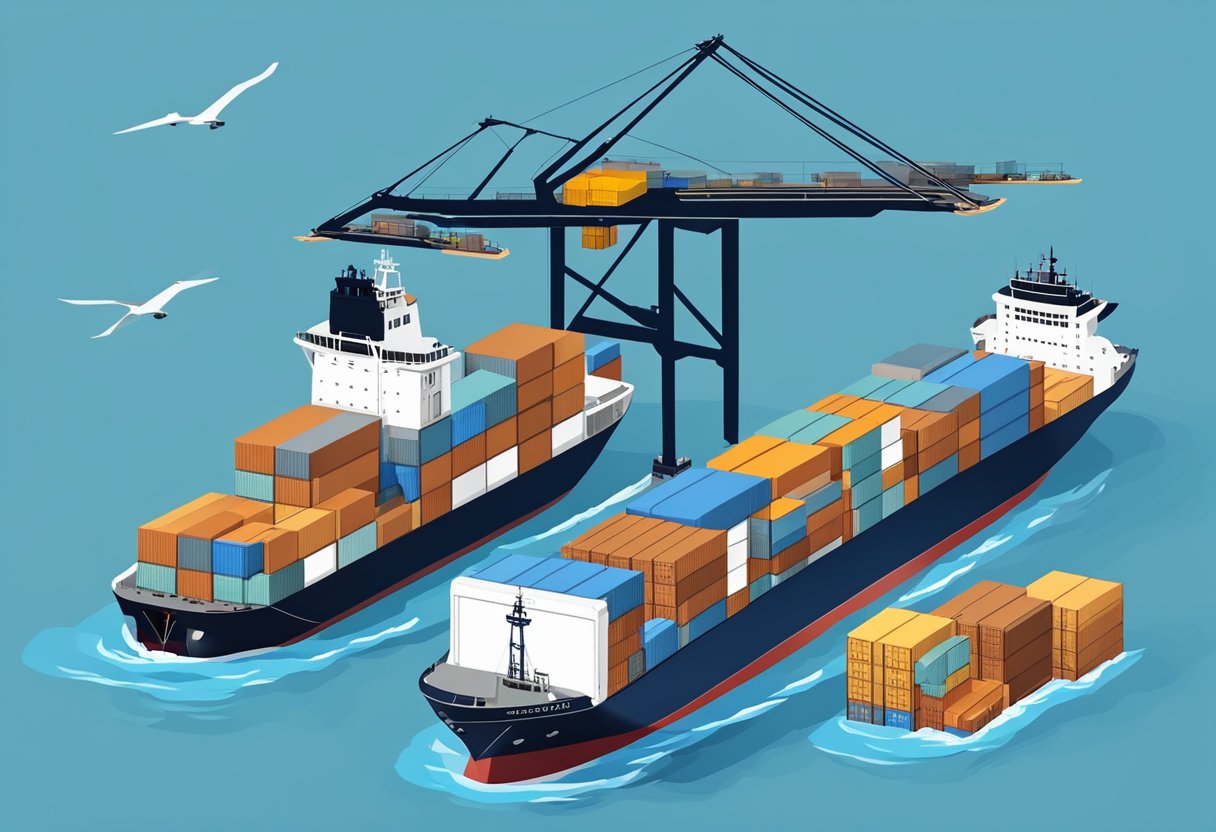
Shipping from China to the USA can be a complex process, and sometimes delays can occur. While some delays are out of the seller’s control, there are steps that both the seller and customer can take to mitigate the impact of delays and ensure a smooth shipping process.
If a customer experiences a delay in receiving their package, they should first check the tracking information provided by the seller. If the package has been delayed due to circumstances beyond the seller’s control, such as weather or customs delays, the customer may need to be patient and wait for the package to arrive.
However, if the delay is due to an error on the seller’s part, such as a missed shipping deadline or incorrect shipping information, the customer may be entitled to a refund. Customers should review the seller’s return policy to determine their options for refunds or exchanges.
Sellers can also take steps to minimize the risk of shipping delays. For example, they can work with reliable shipping carriers and provide accurate shipping information to avoid customs delays. Additionally, sellers can communicate with customers about potential delays and provide regular updates on the status of their shipment.
In some cases, sellers may offer expedited shipping options for an additional fee. While this may not guarantee that the package will arrive on time, it can help to reduce the risk of delays.
Overall, dealing with shipping delays and refunds can be a frustrating experience for both sellers and customers. However, by taking proactive steps to minimize the risk of delays and communicate effectively with customers, sellers can help to ensure a positive shipping experience for all parties involved.
Shipping from China to Specific Destinations
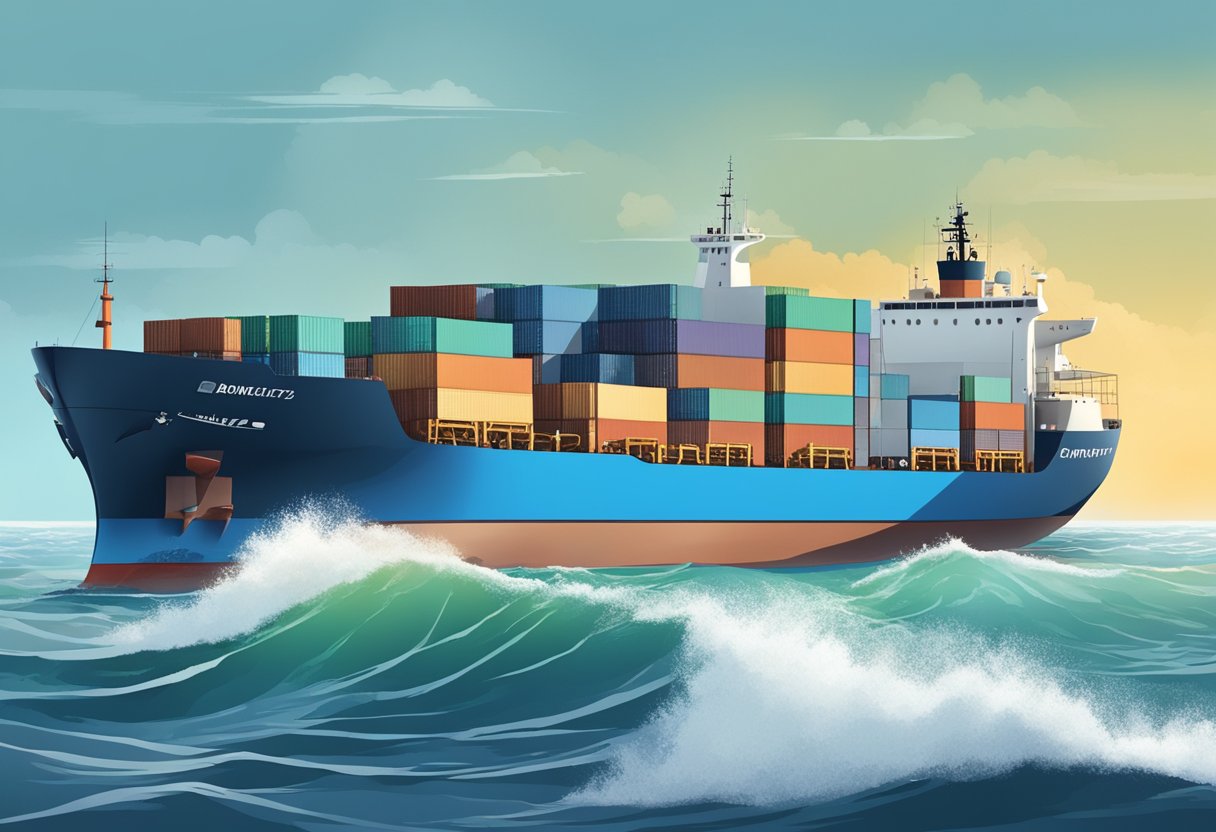
Shipping to the US
When shipping from China to the US, there are several factors that can affect the delivery time. The shipping method, customs clearance, and distance are all important factors to consider.
According to Maine News Online, it can take up to 33 days to prepare a shipment for transit, and once the ship arrives in the US, it can take up to six days before the cargo is released. However, if you choose a faster shipping method, such as air freight or express shipping, you can expect shorter delivery times.
The most popular ports of entry for shipments from China to the US are Los Angeles and New York. Shipping times can vary depending on the distance between the port of entry and the final destination.
Shipping to Singapore
When shipping from China to Singapore, the delivery time can vary depending on the shipping method chosen. According to Bansar China, on average, you can expect to wait less than 30 days to receive your shipment from China. However, delivery times can range from 1 to 10 days depending on the delivery location.
If you are shipping by air freight, you can expect delivery times of 8-10 days. However, if you choose sea freight, delivery times can take longer, up to 30-60 days.
Customs clearance is an important factor to consider when shipping from China to Singapore. You should ensure that all necessary documentation is in order to avoid any delays in customs clearance.
Overall, when shipping from China to specific destinations, it is important to consider the shipping method, customs clearance, and distance to ensure timely delivery of your shipment.
Conclusion
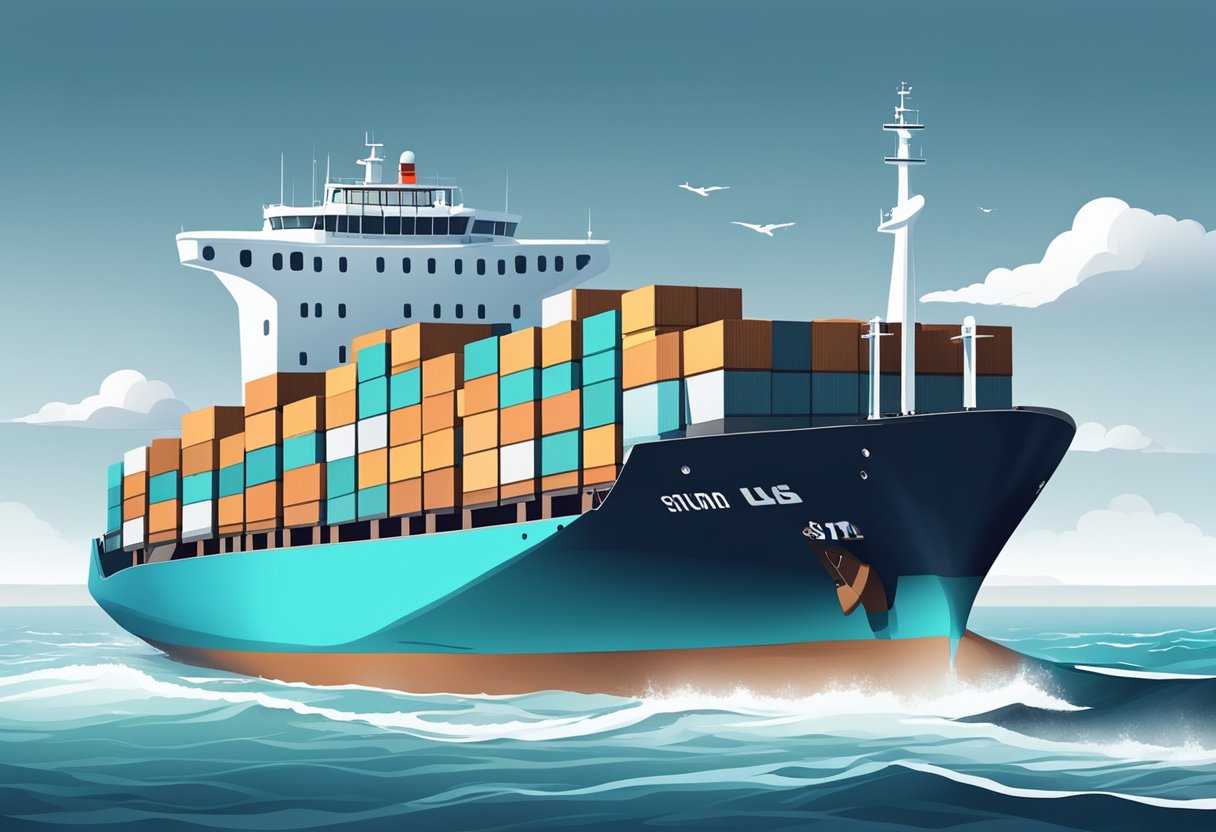
In conclusion, the delivery time for shipping from China to the US can vary depending on the shipping method used. Generally, standard shipping time can take from 60 to 80 days. However, there are ways to shorten the shipping time to 9 to 12 days by using ePacket shipping, an agreement between USPS and China Post.
Importers can choose from three main shipping methods for delivering goods from China to the US: Express Shipping, Air Freight, and Sea Freight. Express shipping is the fastest option, usually taking 3-5 business days, but it can also be the most expensive. Air freight is a good option for cargo that is high in value and needs to arrive quickly, but it can take 5-10 business days. Sea freight is the most cost-effective option but can take the longest, usually taking 30-35 days.
It is important to note that the delivery time can also be affected by factors such as customs clearance, weather conditions, and peak shipping periods. Importers should also plan for additional time for any potential delays.
Overall, understanding the different shipping methods and their delivery times can help importers make informed decisions when shipping from China to the US.
Importing from China: A Guide on EN 71 and Toy Safety
No matter what the conditions are around the world, no matter how volatile the demand is for consumer products, there’s one category of products that will always remain in demand: toys. A child’s best friend, toys have continued to and will be continued to be in demand no matter what the circumstances. It’s a sure-shot profitable business for you.
Decoding the Alibaba Trade Assurance: Simplified for Beginners
It appears as though Alibaba is on its way to becoming the largest B2B marketplace in the world, and therefore, buyer protection is one of the topmost concerns for Alibaba. This is where the Alibaba Trade Assurance comes into the picture. In this guide, we will take you step by step through the whole process and answer all possible questions that you may have.
TIPS For Sourcing Products From China
Today if an entrepreneur Google’s a phrase like “Sourcing Products from China”. You can get almost 39 million results and this shows that if a person decides to go to turn to China to import items, this will surely be a wise decision in terms of choices.


